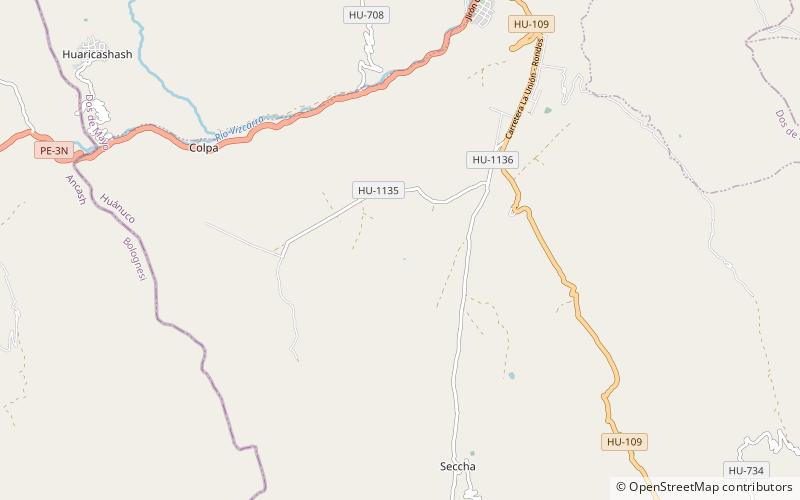Huánuco Pampa


Facts and practical information
Nestled in the highlands of Peru, Huánuco Pampa stands as a testament to the engineering and organizational prowess of the Inca Empire. This archaeological site, also known as Huánuco Viejo, once served as an important administrative and ceremonial center. The site is strategically located on a high plateau at an altitude of approximately 3,600 meters, offering a commanding view of the surrounding region.
Huánuco Pampa is particularly noteworthy for its well-preserved urban layout, which reflects the Incas' sophisticated approach to city planning. The ruins spread over an area of about two square kilometers and include the remains of public buildings, temples, residential areas, and storage facilities. One of the most significant structures at the site is the Usnu, a large pyramidal platform that was likely used for ceremonial purposes and public gatherings.
Archaeologists have also uncovered an intricate network of roads and pathways connecting Huánuco Pampa to other parts of the Inca Empire. These routes were part of the Qhapaq Ñan, an extensive system of roads that facilitated communication, trade, and military movements across the empire. The site's strategic location along these roads highlights its importance as a nexus of cultural and economic exchange.
Excavations at Huánuco Pampa have revealed a wealth of artifacts, including pottery, textiles, and tools, which provide insights into the daily lives of the Incas and their sophisticated craftsmanship. The site also offers clues about the administrative functions it served, with evidence of bureaucratic record-keeping in the form of khipus, a complex system of knotted strings used for accounting and information management.
Huánuco
